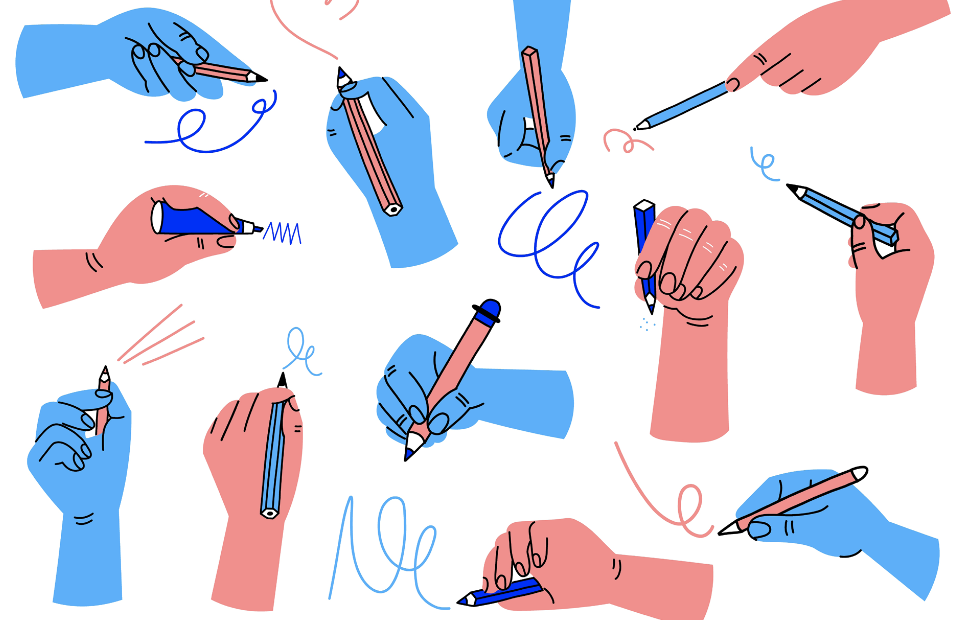
Remember during a test when you were staring at the ceiling in elementary school, and the teacher asked you if the answer was on the ceiling? Maybe it was.
Here is a suggestion I hope we can include in literacy education that costs nothing but can make life much easier and more productive for writers. It also has the potential for providing a writer with new and better understandings. It requires that we understand writer’s blocks and how to deal them. We all have experienced writer’s blocks: they happen when we are not sure what comes next, or something is missing or “just not right,” and we don’t know what to do about it.
Writer’s blocks are good news! They mean we are about to learn something. The cure is revision. There are steps to take to make revision not only painless but also satisfying and even pleasurable.
When a block appears, get up from the table and take a short break and do something mindless.
The short break allows the subconscious mind to incubate and come up with solutions to the problems the writer is facing.
This is what the mathematician Poincaré (1924) did: when reaching a block in his work, he would stop and do something that required little thinking, such as putting some wood on the fire, and the block would start to dissolve.
Tolle (1999) claimed that this kind of incubation is a universal process: “All true artists, whether they know it or not, create from a place of no-mind, from inner stillness” (p. 20).
It is important to then return to the writing and write down the ideas that the subconscious produced, and without a long delay: “The story may be true of the man [sic] who had such a brilliant idea that he went into his garden to thank God for it, found on rising to his knees that he had forgotten it, and never recalled it” (Wallas, 1926, p. 85).
For breaks and incubation to do their job, the writer has to first write something. For many of us, the hardest part is writing the first draft. Hemingway solved this for me with this observation: ”The first draft of anything is shit.” We must accept the fact that the first draft and subsequent drafts will require revision. When blocks happen to me, and they do all the time, I wash a few dishes, check the mail, or do (just one) exercise. This has the added advantage of giving me a way to deal with disagreeable or boring tasks while being productive. The composing process, for me, looks like this: srite, a block appears, take a break/incubate, write down the new idea, write, a block appears… repeat many times. In writing this paper, I experienced 37 writer’s blocks.
Poincaré, H. (1924). “Mathematical Creation.” Excerpts reprinted in P. E. Vernon (Ed.), Creativity, Middlesex, England: Penguin (1970), pp. 77–88.
Tolle, E. (1999). The Power of Now. New World Library.
Wallas, G. (1926). The Art of Thought. Excerpts reprinted in P. E. Vernon (Ed.), Creativity, Middlesex, England: Penguin (1970), pp. 91–97.
Stephen Krashen is professor emeritus Rossier School of Education, University of Southern California.







